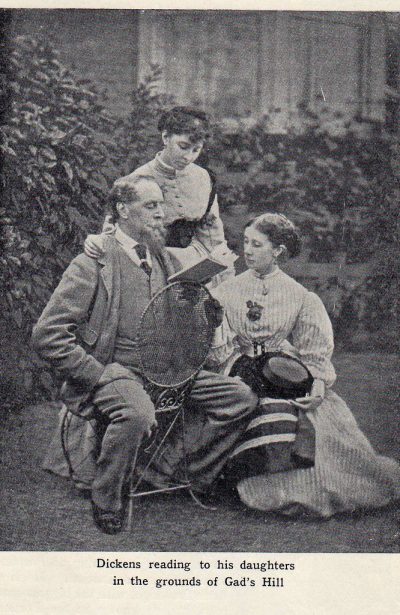Classrooms are gradually developing a new ‘normal’, where time is still short and too many so-called ‘assessments’ – read tests’ – are requiring completion.
In between, we carry on.
One of the most rewarding, interesting, challenging and useful strategies for teaching history/geography/maths/etc, and the potential for addressing the vast majority of the outcomes in the (emerging in NSW) English curriculum, is one of the most familiar.
Here’s an opportunity to share our knowledge, understanding, and further learning, with the best of the Australian experts in using literature in the classroom.
#We all like a good story
You can join the Foundation for Literacy and Learning’s Symposium with this link:
Check out who is involved!
This is all about our students having access to the best quality literature.
Reading aloud
Reading aloud to our students is cost-effective, empowering, vocabulary enhancing and academic literacy-building.
The benefits are acknowledged by educators and researchers.
The way words are used in written texts is different from the way they are used in spoken text. Students need to be familiar with the words and language of literary texts of increasing complexity as they progress through the Stages of schooling; reading aloud supports this familiarity.
The Foundation for Literacy and Learning (FLLF): Symposium partnership launches 8 June. Comprising 13 like-minded associations, all under one "umbrella". Join the #WeAllLikeAGoodStory movement and register today: https://t.co/fi7vcJSYDQ pic.twitter.com/WY5jqwKbdy
— The CBCA (@TheCBCA) May 24, 2022
Vocabulary
Reading out loud id a teaching strategy for vocabulary development
Daffern & Mackenzie (2020) p.123
- When students read widely they are exposed to many words they would not normally come across, acknowledging that reading alone cannot be relied on completely for acquiring new vocabulary. That’s where reading aloud can assist.
- Reading aloud to students provides the opportunity to introduce texts that are more challenging and complex than the ones they can read themselves. New vocabulary, more complex plot structures, broader characterization, and many more opportunities for talking about text is introduced through these texts.
EAL/D learners
Janet Fellowes’ excellent PETAA Paper 210 includes both the research and practical considerations for working with picture books with EAL/D learners.
The reading aloud of picture books provides an opportunity to develop EAL/D students’ knowledge of the linguistic code of English (Chen, 2012)… , provides exposure to English language forms within a real language context and emphasises the pronunciation of words and the rhythm and intonation of the language…. (p.2)
Reading aloud to students is an authentic language use involving students’ listening for the purpose of understanding and enjoying a story. (p.3)
Fellowes 2017
Fellowes includes some great book titles, with guides for using them to maximise language learning.
Included in the paper is A framework for selecting picture books for EAL/D students (p.7), a clear description of the ideal characteristics of effective texts that we can use to build our own collection.
NSW English K-2 syllabus requirements
The importance of reading to our K-2 students is clearly articulated:
Across a year of learning, teachers must give students daily opportunities:
▪ To be read to: Being read to supports children in acquiring new vocabulary from a text, gives students access to texts beyond their immediate means and supports the development of reading as pleasure. Independent reading should not supplant being read to. Where reading aloud is not accessible for students, they should be read to using their preferred communication form(s).
NSW Education Standards Authority English K–2 Syllabus (2021) p.11
I had learned about heartbreak, awe, nobility, duty and majesty by the time I was four years old, because Dad read the poems he loved to me every night.
Jackie French, in Murphy, 2021 p.vii
References
Daffern, T. & Mackenzie, N. (2020) Teaching Writing – Effective approaches for the middle Years Allen & Unwin, Australia
Fellowes, J. (2017)PETAA Paper 210 Using children’s picture books to support EAL/D students
Murphy, S. (2021) Teaching Poetry for Pleasure and Purpose, PETAA, Newtown
NSW Education Standards Authority (2021) English K–2 Syllabus
https://twitter.com/thecbca/status/1528980233252384769?s=11&t=4RqF1-xbnIuBOje7ewjR0g






